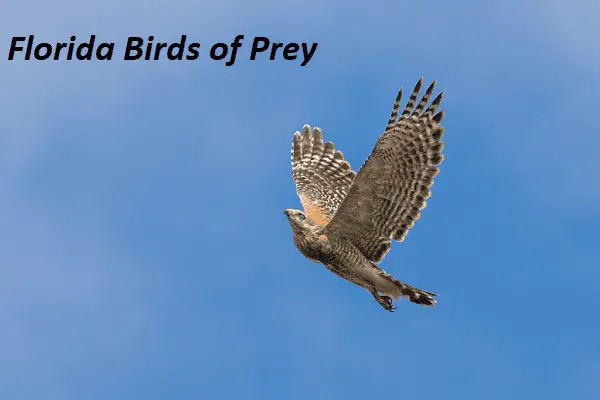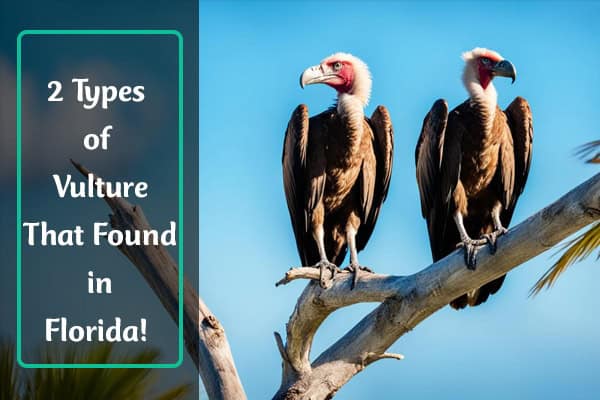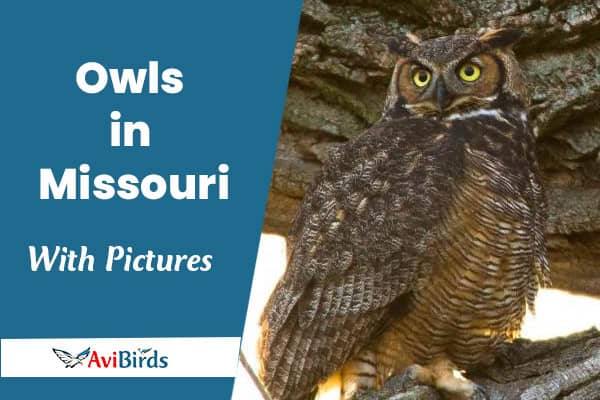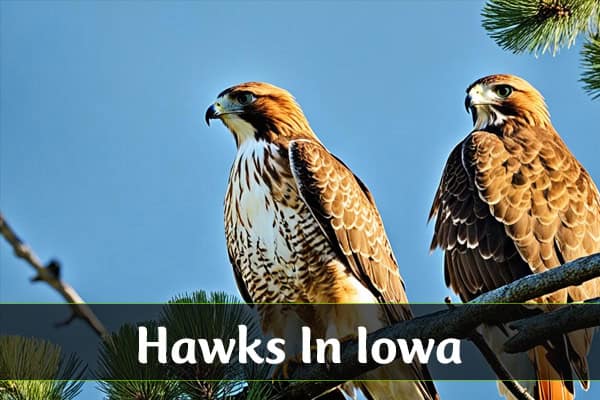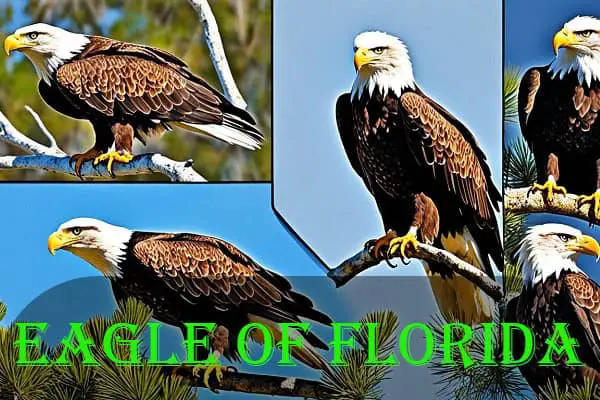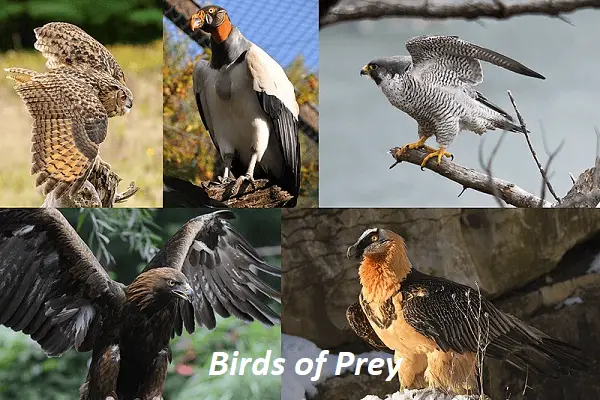8 Types of Woodpeckers in Washington (With Pictures)
Ever wondered about the woodpeckers in Washington State? From the tiny Downy Woodpecker to the big Pileated Woodpecker, these birds are everywhere in the Pacific Northwest. But can you tell the 11 different woodpecker types apart? And where can you see them in the wild?
1. Downy Woodpecker
- Scientific name – Dryobates pubescens
- Lifespan – 2 years (average)
- Size – (14 to 17 cm)
- Weight – (21 to 28 g)
- Wingspan – (25 to 30 cm)
The downy woodpecker is one of the smallest but most powerful birds in Washington. It has many traits and behaviors that make it fascinating for bird lovers and nature fans. This little bird is a powerhouse in its own right.

Identifying Features and Behavior
The downy woodpecker stands out with its black-and-white look, featuring a white patch on its back and a sharp bill. Males show off a small red patch on their heads. These birds are known for their fast flight and can stick to trees easily as they search for food.
Downy woodpeckers are always on the move, looking for insects, spiders, and other small food in trees. They drum on tree trunks quickly to talk to each other and mark their territory. This is a common sight in Washington’s forests and woodlands.
Preferred Habitats and Nesting Sites
The downy woodpecker lives in many places in Washington. They love deciduous and mixed forests and even urban areas with big trees. They nest in natural holes or old nests, deep in the tree’s trunk or branches.
In the spring, downy woodpeckers make their own nest holes with their strong bills. These nests are usually high up, 5 to 50 feet off the ground. They provide a safe place for the eggs and baby birds.
“The downy woodpecker’s small size and agility allow it to access food sources that larger woodpeckers cannot, making it an important part of the ecosystem.”
Downy woodpeckers are a joy to see with their bright looks, active ways, and love for different habitats. Whether you’re in the city or a remote forest, keep an eye out for these amazing birds.
2. Hairy Woodpecker
- Scientific name – Dryobates villosus
- Lifespan – 10 years (average), 15 years (maximum recorded)
- Size – (18 to 26 cm)
- Weight –.4 to 3.4 oz (40 to 95 g)
- Wingspan – (33 to 41 cm)
In Washington’s forests, the Downy Woodpecker is a common sight. But there’s another woodpecker that’s similar yet bigger: the hairy woodpecker. These two birds may look alike at first, but they have key differences that help tell them apart.
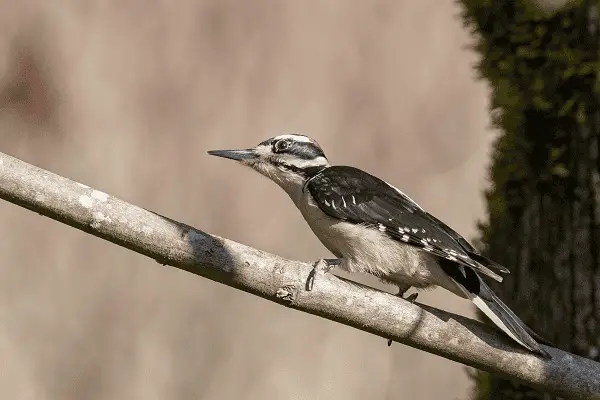
The hairy woodpecker is a medium-sized bird with a strong, straight bill and a bold black-and-white look. It’s bigger than the Downy Woodpecker, with a longer bill and more white on its wings and back.
What makes the hairy woodpecker stand out is its long, chisel-like bill. It uses this bill to dig deep into tree bark for insects and larvae. This bill also lets it eat larger prey and reach food in hard-to-get places.
Unlike the Downy Woodpecker, which likes urban and suburban areas, the hairy woodpecker prefers forests. You’ll usually find it in old-growth or heavily wooded places, where it searches for food in the treetops.
If you’re birding in Washington and see a big, strong woodpecker with a white back and bold black-and-white look, it’s probably a hairy woodpecker. Look out for these impressive birds in the state’s varied woodlands.
“The hairy woodpecker is a powerful and adaptable bird, capable of thriving in a variety of forested habitats across Washington.”
3. Pileated Woodpecker
- Scientific name – Dryocopus pileatus
- Lifespan – 9 years (average)
- Size – (40 to 49 cm)
- Weight – (250 to 350 g)
- Wingspan – (66 to 75 cm)
Woodpeckers In Washington, the pileated woodpecker is a standout among woodpeckers. It’s the largest in the state and catches the eye with its black-and-white look and bright red crest.
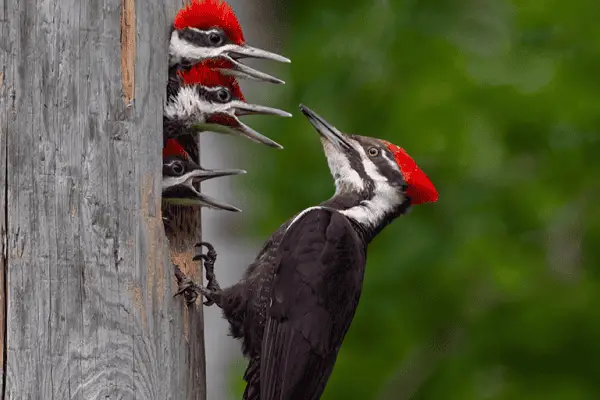
Recognizing Their Distinctive Features
Pileated woodpeckers are big, reaching up to 19 inches long. Their bold red crest from beak to head is a key feature. Along with their black and white feathers, they look truly unique.
They have strong beaks for digging into trees. They look for carpenter ants and beetle larvae. The holes they make are big and rectangular, showing they’re around.
Where to Spot These Iconic Woodpeckers
You can find pileated woodpeckers all over Washington, in many forests. They like the old-growth forests of the Cascade Mountains and the mixed woods of the Puget Sound. Look for their loud calls and drumming sounds to spot them.
Great places to see them include Olympic National Park and the dense forests of the Cascade foothills. Also, try the mixed hardwood forests of the Salish Sea. With patience, you might see this amazing woodpecker.
“The pileated woodpecker is a true ambassador of the forest, a living testament to the richness and diversity of Washington’s avian inhabitants.”
4. White-Headed Woodpecker
- Scientific name – Dryobates albolarvatus
- Lifespan – 3 years (average)
- Size – (21 to 23 cm)
- Weight – (55 to 65 g)
- Wingspan – (43 cm)
If you love birdwatching in Washington’s forests, watch for the white-headed woodpecker. This bird lives high up in the mountains. It’s known for its unique look and where it likes to live.
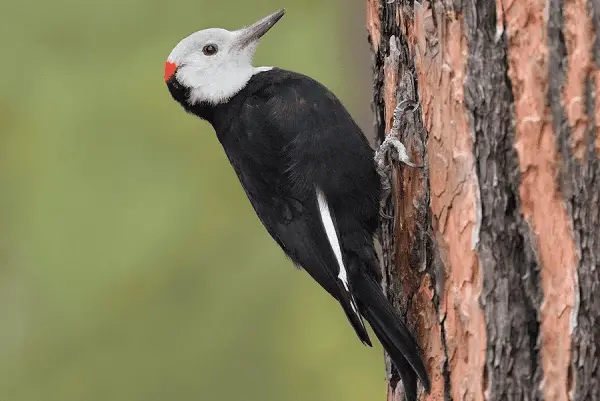
Identifying the White-Headed Woodpecker
The white-headed woodpecker stands out with its white head. It has a black back and wings, and its belly is gray. You’ll see a white patch on its lower back when it flies.
Habitat and Behavior
This bird lives in high places, in forests with tall pine and other trees. It likes areas where trees are old and open. These trees are perfect for the woodpecker to make its home and find food.
White-headed woodpeckers are hard to see because they move quietly. They like to be in the trees early in the morning or late in the day. This is when you might see them.
Conservation Efforts
The white-headed woodpecker is not endangered yet, but it needs our help. It needs forests with big, old pine trees to survive. We must work to keep these forests healthy.
When you’re in Washington’s high forests, look for the white-headed woodpecker. It’s a special bird with a unique look and habits. By learning about it, you can help protect it and enjoy the beauty of the Pacific Northwest.
5. Lewis’s Woodpecker
- Scientific name – Melanerpes lewis
- Lifespan – 10 years (maximum recorded)
- Size – (26 to 28 cm)
- Weight –(88 to 138 g)
- Wingspan – (49 to 52 cm)
The Lewis’s Woodpecker is a standout among Washington’s woodpeckers. Its bright colors and interesting behaviors make it a favorite among birdwatchers. This bird is a sight to behold in the state’s natural areas.
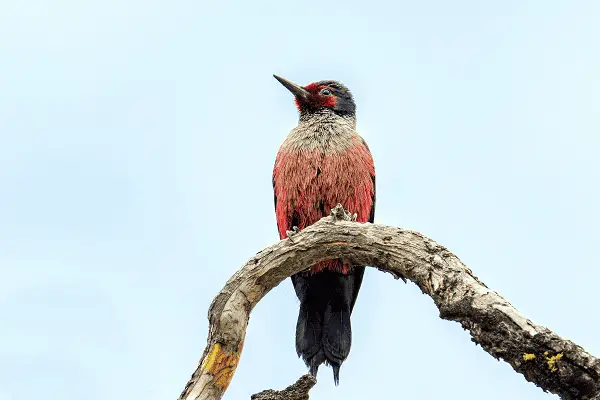
Distinguishing Traits and Behaviors
The Lewis’s Woodpecker is easy to spot because of its unique look. It has a dark, shiny green back and wings, and its belly is a rich pink-red color. There’s a white patch on its chest and a dark mask on its face, from bill to eyes, that makes it look regal.
This bird is not just good-looking; it’s also an aerial hunter. It catches insects in mid-air with great skill. This behavior, along with its bright colors, makes it a unique bird.
Prime Locations for Spotting Lewis’s Woodpeckers
To see the Lewis’s Woodpecker in Washington, head to certain areas. Look for them in open pine and oak woods in the east. The Yakima River Canyon, Methow Valley, and Columbia Gorge are good places to start.
Lewis’s Woodpeckers are a must-see for birdwatchers in Washington. Knowing what they look like and where to find them can lead to a rewarding experience. You might just see this unique bird in its natural setting.
“The Lewis’s Woodpecker is one of the most striking and unique woodpeckers in North America, with its iridescent green back, pink belly, and bold facial markings. Watching this bird in action, as it effortlessly glides through the air to catch insects, is a true delight for any bird enthusiast.”
6. Black-Backed Woodpecker
- Scientific name – Picoides arcticus
- Lifespan – 8 years (maximum recorded)
- Size (average) – (23 cm)
- Weight – (61 to 88 g)
- Wingspan – (40 to 42 cm)
The black-backed woodpecker is a unique bird that loves the area after forest fires. They live in places that have recently burned, where they find lots of beetle larvae and other insects. Their black-and-white look makes them stand out, showing how important they are to Washington’s nature.

7. American Three-Toed Woodpecker
- Scientific name – Picoides dorsalis
- Lifespan – 6 years (maximum recorded)
- Size –(21 to 23 cm)
- Weight – (44.8 to 67.9 g)
- Wingspan – (37 to 39 cm)
The American three-toed woodpecker is another rare bird in Washington. They have only three toes, which helps them move through thick forests. These birds live in high places, using their special bills to find insects in dead trees. Seeing one of these woodpeckers is a big reward for those who explore their tough habitats.
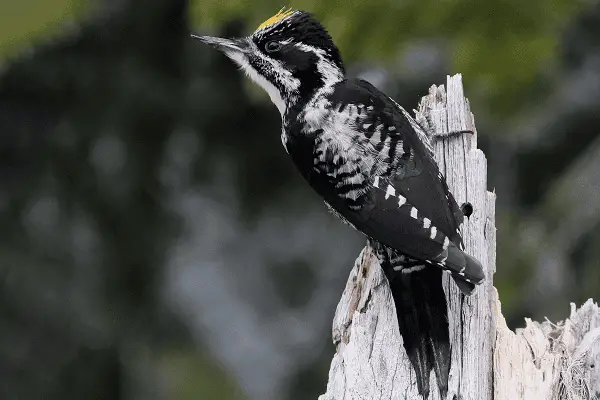
Finding the black-backed woodpecker and American three-toed woodpecker is hard, but they show how diverse Washington’s forests are. By learning about their homes and how they live, we see why it’s important to protect their habitats.
Read Our Previous Articles:
8. Northern Flicker
- Scientific name – Colaptes auratus
- Lifespan – 3 years (average)
- Size – (28 to 31 cm)
- Weight – (110 to 160 g)
- Wingspan – (42 to 51 cm)
The northern flicker is a remarkable woodpecker species found in Washington. These birds stand out with their unique looks and foraging ways. They are different from other woodpeckers in the area.

Identifying Features and Behaviors
Northern flickers are big and have speckled brown and black feathers. They also have a white rump patch visible when flying. Their long, sharp beak helps them dig for ants and insects in the ground. They often forage on the ground, making them fun to watch for bird lovers.
These woodpeckers are known for their loud calls. They sound like a high-pitched “wick-a-wick-a-wick-a” or a deep “klee-yer.” You can hear these sounds in the forests and woodlands they call home.
Where to Find These Charismatic Woodpeckers
Northern flickers live in many places in Washington. You can find them in forests, woodlands, and even in cities and suburbs. They like areas with trees and open ground for easy access to food.
Some top spots to see northern flickers include:
- Olympic National Park
- Mount Rainier National Park
- Seward Park in Seattle
- Skagit Wildlife Area
So, keep an eye out and listen closely. You might see these beautiful woodpeckers on your next outdoor trip to Washington.
Frequently Asked Questions:
Q1. What kind of woodpeckers are in Washington state?
In Washington state, common woodpeckers include the Downy Woodpecker, Hairy Woodpecker, Northern Flicker, and Pileated Woodpecker.
Q2. What kind of woodpeckers are in DC?
In Washington, D.C., you can find Downy Woodpeckers, Hairy Woodpeckers, Northern Flickers, and Red-bellied Woodpeckers.
Q3. Which is the most common woodpecker?
The most common woodpecker in North America is the Downy Woodpecker.
Q4. Is it rare to see a woodpecker?
It is not rare to see a woodpecker, especially in areas with trees and wooded habitats.


